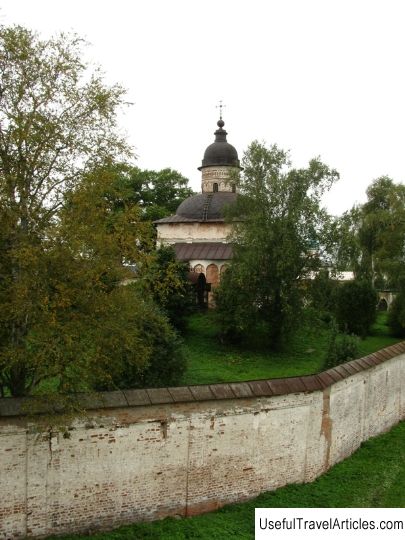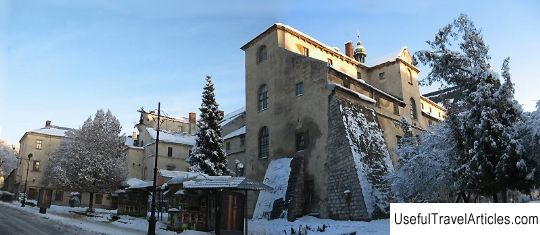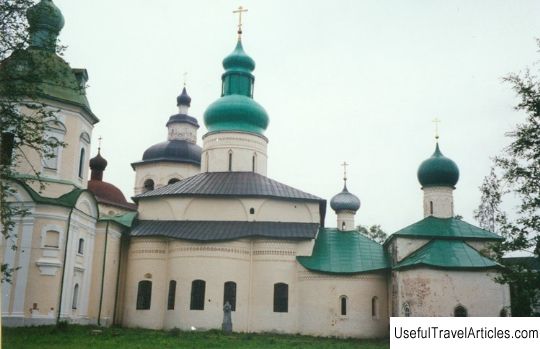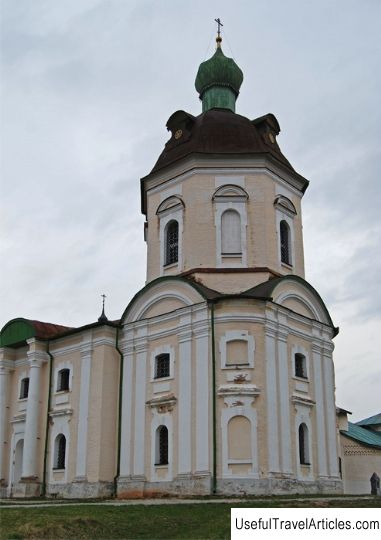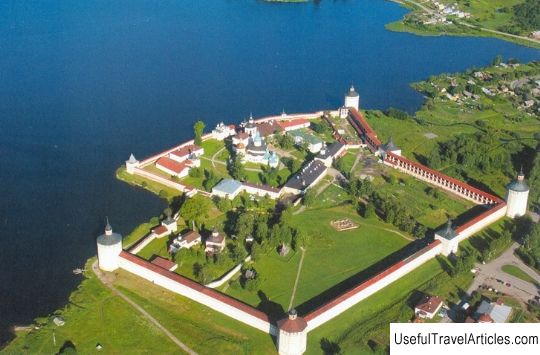Church of the Archangel Gabriel of the Kirillo-Belozersky monastery description and photos - Russia - North-West: Vologda region
Rating: 8,4/10 (776 votes) 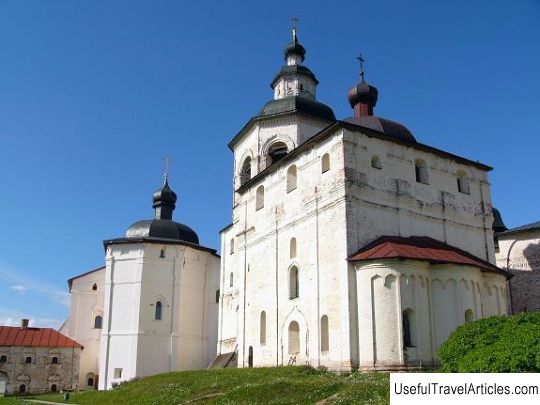
Church of the Archangel Gabriel of the Kirillo-Belozersky monastery description and photos - Russia - North-West: Vologda Oblast. Detailed information about the attraction. Description, photos and a map showing the nearest significant objects. Photo and descriptionOn the right side of the Assumption Cathedral of the Kirillo-Belozersky Monastery there is a four-pillar temple of the Archangel Gabriel, built in 1531-1534 with funds provided by Vasily III in gratitude for the appearance of an heir - Ivan the Terrible. The Moscow prince Vasily III came to the monastery in 1528 with his second wife Elena Glinskaya to pray for the birth of an heir. There is an assumption that the temple was built by the efforts of Rostov craftsmen, who borrowed a lot from Moscow craftsmen, but it is also known that Italian architects were also invited for the construction. It is believed that the construction of this temple reflects new features that were introduced into Russian architecture by talented Italian masters. The architecture of the temple is rather unusual - the temple is not round, not eight- or nine-sided, but quadrangular. The ringing tier, completely separated from the lower one, also had a very interesting architectural solution. The arches for the bells rested on large pillars, which were located along the entire perimeter of the church. Initially, the belfry did not have a vault. It ended with two rows of kokoshniks and two heads on strongly elongated drums, penetrating the entire tier. A clock was installed in the corner of the tier on the northwest side. At the top, the church was crowned with two chapters - a large chapter in the center and a small one above the chapel of Constantine and Helena. Both the interior decoration and the exterior of the temple create the impression of exquisite consistency of proportions and harmony. In 1751-1761 a bell tower was added to the temple. The massive bell tower had a large number of bells, each bell being of considerable weight. Unfortunately, the appearance of this unusual temple today is completely distorted by later alterations. In 1638, the top of the temple was rebuilt into a sacristy tent, the bell openings were laid and turned into windows. At the beginning of the 19th century, the monument suffered the most. Then both drums were broken, the southern portal was destroyed, instead of the portal and above it new large windows were erected, the second tier of kokoshniks was also destroyed. Even earlier, the facade of the church on the west side was almost completely covered by a stone bell tower built close to it. To date, one can judge the original form of the temple only by reconstruction. Not a single bell of this temple has been preserved. And although at the moment there is no iconostasis in the church, the interior of the temple makes a considerable impression. Nothing remained of the initial interior of the church of Gabriel, but it is known for certain that it contained two not very large iconostases - one main, consisting of five tiers, and the other - at the altar of the side-altar, very small. The local row of the second iconostasis consisted of only one icon depicting Tsar Constantine and his mother Helen. Most likely, this icon was the contribution of Vasily III, or his wife Elena Glinskaya, who stopped by the monastery with a request to give them a son. In the second half of the twentieth century, professional work on the restoration of the temple began. After studying and conducting research on the architectural monument S.S. Podyapolsky created its graphic reconstruction. In the 1960s and 1970s, work was carried out on the conservation of the church, as well as on a small fragmentary restoration. The ceiling was slightly raised. Additional strong iron ties were also installed in the spans of the arches of the dome pillars. When removing the soil around the temple, a grave pavement was revealed.         We also recommend reading Museo del Barro description and photos - Paraguay: Asuncion Topic: Church of the Archangel Gabriel of the Kirillo-Belozersky monastery description and photos - Russia - North-West: Vologda region. |
